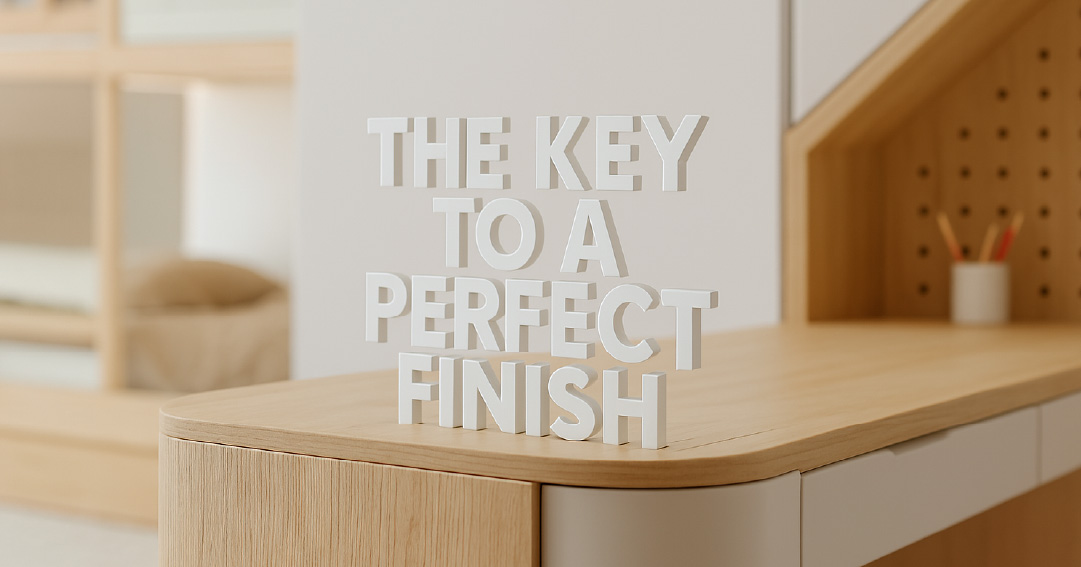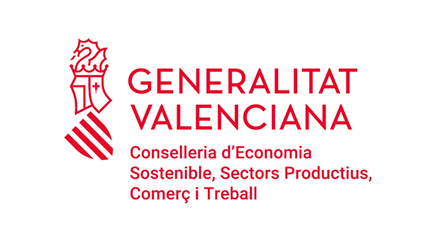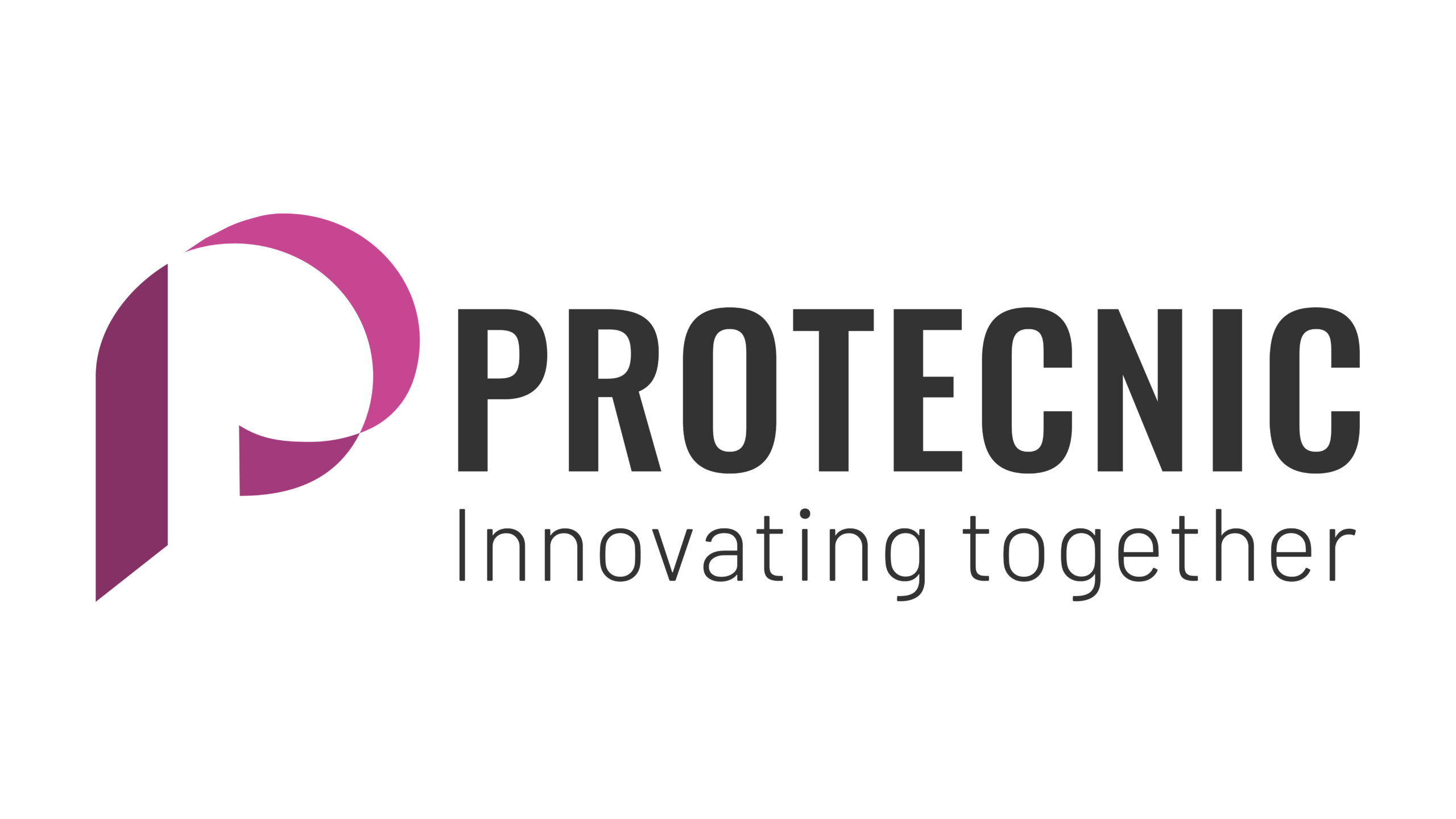Edge banding is an essential component in furniture manufacturing, as it provides an aesthetic finish, protects the edges, and enhances the durability of surfaces. This process is fundamental in the furniture industry, where resistance and appearance play a crucial role in customer satisfaction.

What is Edge Banding?
El recubrimiento consiste en aplicar una banda de material en los bordes expuestos de tableros de madera, MDF o aglomerados. Este recubrimiento no solo embellece la pieza, sino que también evita la absorción de humedad y el deterioro con el tiempo. Existen distintos tipos de materiales para recubrir los cantos, como el PVC, ABS, chapa de madera y melamina, cada uno con características específicas según la necesidad del proyecto.
Benefits of Edge Banding
- Protection and resistance: Prevents damage caused by impacts, humidity, and everyday wear and tear.
- Aesthetic improvement: Delivers a uniform and professional finish to the furniture.
- Longer durability: Extends the lifespan of panels and prevents particle detachment.
- Variety of designs: Available in a wide range of colors and textures to suit any style.
Aplicaciones
Edge banding is used in kitchen furniture, office furnishings, bedrooms, and commercial spaces. It can be applied using manual or automatic systems, ensuring precise adjustment and long-lasting adhesion.
In conclusion Edge banding is an indispensable solution for those seeking quality, resistance, and aesthetics in furniture manufacturing. For the best results, choose high-quality materials and professional installation.



